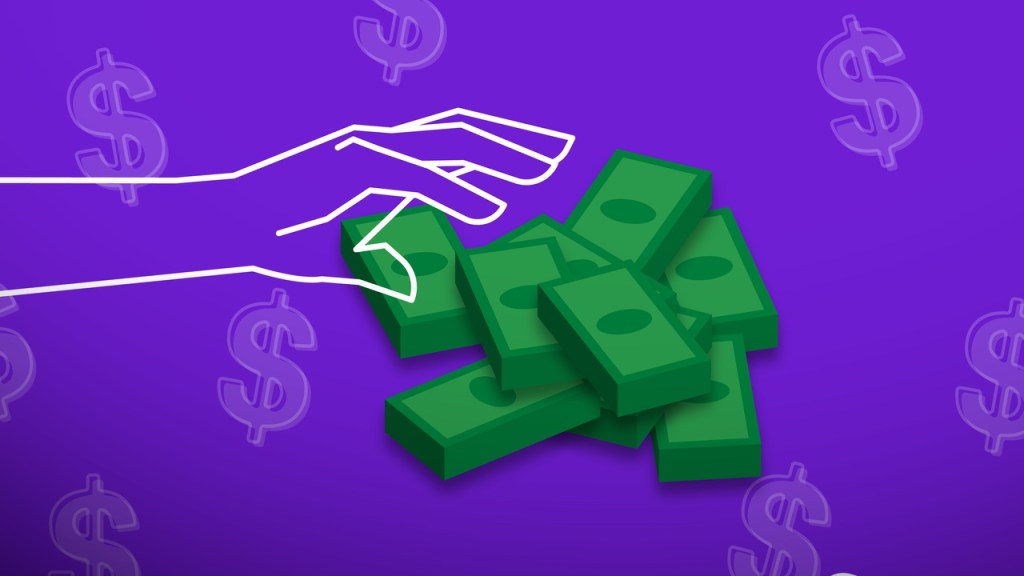YouTubers Shift Gears: Diversifying Income Beyond Ad Revenue
YouTube has long been a dominant platform, offering creators numerous avenues to monetize their content. In June 2025, the company reported that its creative ecosystem contributed over $55 billion to the U.S. GDP and supported more than 490,000 full-time jobs. ([techcrunch.com](https://techcrunch.com/2025/06/10/youtube-says-its-ecosystem-created-490k-jobs-and-added-55b-to-the-us-gdp-in-2024/?utm_source=openai))
However, many YouTubers are now reducing their dependence on ad revenue and brand deals. This shift is driven by the unpredictability of ad income, influenced by YouTube’s evolving policies, which can make securing ads challenging and lead to sudden drops in earnings.
Recognizing the volatility of platform-dependent revenue, numerous YouTubers are transforming into vertically integrated media companies. They’re launching parallel businesses, including product lines, brick-and-mortar ventures, and consumer brands designed to withstand algorithm changes and policy shifts. In some instances, these side businesses are growing faster and more sustainably than their YouTube channels.
MrBeast
Jimmy Donaldson, known as MrBeast, with 442 million subscribers, exemplifies this entrepreneurial spirit. Starting with a merchandise store in 2018—ShopMrBeast—he has expanded his business portfolio to include the snack brand Feastables.
Feastables’ initial product, the MrBeast Bar, a chocolate bar, generated over $10 million in sales within its first 72 hours, selling over 1 million bars at launch. As of today, Feastables is more profitable than his YouTube content and even his Beast Games competition series on Prime Video. In 2024, Feastables generated approximately $250 million in revenue and over $20 million in profit, while his media business incurred a loss of about $80 million.
Other ventures include his packaged food brand Lunchly (co-founded with YouTubers Logan Paul and KSI), the toy line MrBeast Lab, MrBeast Burger, and the analytics platform Viewstats. He even attempted to acquire the U.S. operations of TikTok by joining the American Investor Consortium, a group of investors led by Employer.com founder Jesse Tinsley.
Now, MrBeast is venturing into a new area. He plans to establish a mobile virtual network operator (MVNO), which could involve partnering with one of the major operators, such as AT&T, T-Mobile, or Verizon.
The Try Guys
The Try Guys, a group of YouTube creators, have also diversified their income streams. In September 2024, they reported that subscriptions to their three-month-old, ad-free service, 2nd Try, accounted for 20% of the company’s revenue. This development followed a challenging period after one of its co-founders was involved in a controversy that affected the group’s relationship with advertisers.
Co-founder Zach Kornfeld stated that the service is exceeding expectations, and they aim for it to become their primary source of income. He noted, We got to a point where it cost more money for us to make the shows our audience loved than we got in from YouTube. ([techcrunch.com](https://techcrunch.com/2024/09/08/the-try-guys-say-their-subscription-strategy-starting-to-work/?utm_source=openai))
YouTube’s Response
In response to creators seeking alternative revenue streams, YouTube has introduced several initiatives to support monetization. In June 2023, the platform lowered the requirements for creators to access monetization tools under the YouTube Partner Program (YPP). The new conditions include having 500 subscribers, three public uploads in the last 90 days, and either 3,000 watch hours in the past year or 3 million Shorts views in the last 90 days. This change allows more creators to access tipping tools like Super Thanks, Super Chat, and Super Stickers, as well as subscription tools like channel memberships. ([techcrunch.com](https://techcrunch.com/2023/06/13/youtube-is-lowering-the-barrier-to-be-eligible-for-its-monetization-program/?utm_source=openai))
Additionally, in September 2022, YouTube announced plans to share ad revenue with Shorts creators, offering them 45% of the ad revenue from their videos. This move aims to provide a more stable income source for creators producing short-form content. ([techcrunch.com](https://techcrunch.com/2022/09/20/youtube-targets-tiktok-with-revenue-sharing-for-shorts-partner-program-expansion/?utm_source=openai))
Conclusion
The landscape of content creation on YouTube is evolving, with creators increasingly seeking diversified income streams to ensure financial stability. By developing parallel businesses and leveraging new monetization tools offered by the platform, YouTubers are building more resilient and sustainable careers beyond traditional ad revenue.



